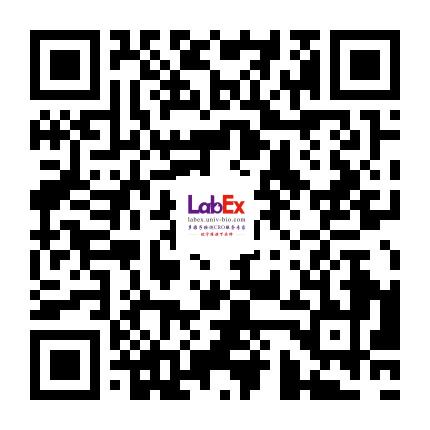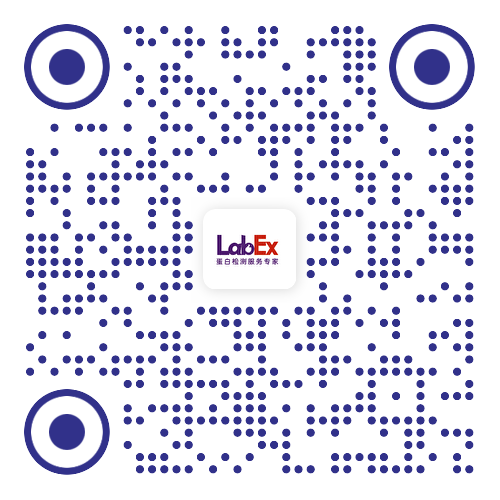Safety and infectivity of female cercariae in Schistosoma-naïve, healthy participants: a controlled human Schistosoma mansoni infection study
Keywords:Controlled human infection model; Neglected tropical diseases; Schistosoma mansoni; Schistosomiasis.- EBioMedicine
- 10.8
- 2023 Nov:97:104832.
- Human
- Luminex
- 免疫/内分泌
- 免疫/内分泌
- GM-CSF,IFN-gamma,IL-1 beta/IL-1F2,IL-2,IL-4,IL-5,IL-6,IL-9,IL-10,IL-12 p70,IL-13,Lymphotoxin-alpha/TNF-beta,TNF-alpha
- doi: 10.1016/j.ebiom.2023.104832.
相关货号
LXLRH13-1
Abstract
Background:A controlled human infection model for schistosomiasis (CHI-S) can speed up vaccine development and provides insight into early immune responses following schistosome exposure. Recently, we established CHI-S model using single-sex male-only Schistosoma mansoni (Sm) cercariae in Schistosoma-naïve individuals. Given important differences in antigenic profile and human immune responses to schistosomes of different sex, we pioneered a single-sex female-only CHI-S model for future use in vaccine development.
Methods:We exposed 13 healthy, Schistosoma-naïve adult participants to 10 (n = 3) or 20 (n = 10) female cercariae and followed for 20 weeks, receiving treatment with praziquantel (PZQ) 60 mg/kg at week 8 and 12 after exposure. Findings:The majority (11/13) participants reported rash and/or itch at the site of exposure, 5/13 had transient symptoms of acute schistosomiasis. Exposure to 20 cercariae led to detectable infection, defined as serum circulating anodic antigen levels >1.0 pg/mL, in 6/10 participants. Despite two rounds of PZQ treatment, 4/13 participants showed signs of persistent infection. Additional one- or three-day PZQ treatment (1 × 60 mg/kg and 3 × 60 mg/kg) or artemether did not result in cure, but over time three participants self-cured. Antibody, cellular, and cytokine responses peaked at week 4 post infection, with a mixed Th1, Th2, and regulatory profile. Cellular responses were (most) discriminative for symptoms. Interpretation:Female-only infections exhibit similar clinical and immunological profiles as male-only infections but are more resistant to PZQ treatment. This limits future use of this model and may have important implications for disease control programs. Funding:European Union's Horizon 2020 (grant no. 81564).
Keywords:Controlled human infection model; Neglected tropical diseases; Schistosoma mansoni; Schistosomiasis.
Methods:We exposed 13 healthy, Schistosoma-naïve adult participants to 10 (n = 3) or 20 (n = 10) female cercariae and followed for 20 weeks, receiving treatment with praziquantel (PZQ) 60 mg/kg at week 8 and 12 after exposure. Findings:The majority (11/13) participants reported rash and/or itch at the site of exposure, 5/13 had transient symptoms of acute schistosomiasis. Exposure to 20 cercariae led to detectable infection, defined as serum circulating anodic antigen levels >1.0 pg/mL, in 6/10 participants. Despite two rounds of PZQ treatment, 4/13 participants showed signs of persistent infection. Additional one- or three-day PZQ treatment (1 × 60 mg/kg and 3 × 60 mg/kg) or artemether did not result in cure, but over time three participants self-cured. Antibody, cellular, and cytokine responses peaked at week 4 post infection, with a mixed Th1, Th2, and regulatory profile. Cellular responses were (most) discriminative for symptoms. Interpretation:Female-only infections exhibit similar clinical and immunological profiles as male-only infections but are more resistant to PZQ treatment. This limits future use of this model and may have important implications for disease control programs. Funding:European Union's Horizon 2020 (grant no. 81564).
Keywords:Controlled human infection model; Neglected tropical diseases; Schistosoma mansoni; Schistosomiasis.
金课堂之文献解析 文献原文请点击
本网站销售的所有产品及服务均不得用于人类或动物之临床诊断或治疗,仅可用于工业或者科研等非医疗目的。











 沪公网安备31011502400759号
沪公网安备31011502400759号
 营业执照(三证合一)
营业执照(三证合一)


